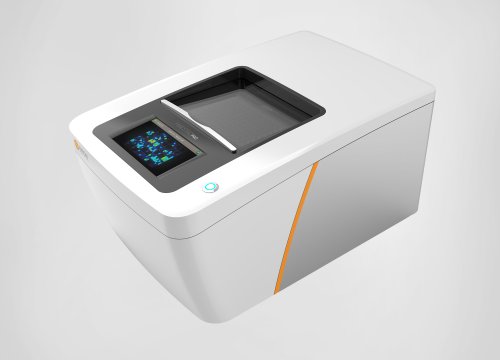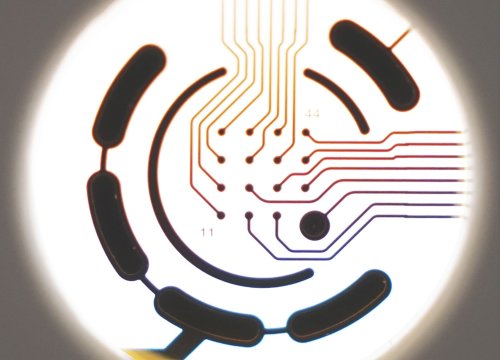Hyun SA, Lee CY, Ko MY, Chon SH, Kim YJ, Seo JW, Kim KK, and Ka M.
Toxicology and Applied Pharmacology, 2021
Bioelectronic Assays Help Reveal New Links between BPA and Heart Disease
Since 2008, evidence has pointed to links between cardiovascular disease and the ubiquitous manufacturing chemical bisphenol A (BPA) found in everything from cosmetics to food containers, but only recently have scientists using advanced bioelectronic assay technology uncovered the underlying mechanisms that make BPA so toxic to the heart. Using human-induced pluripotent stem cell-derived cardiomyocytes (hiPSC-CMs), researchers found that acute BPA exposure reduced field potentials, inhibited cardiac ion channels, and decreased contraction in the hiPSC-CMs.
To examine how BPA affects electrical activity in the heart, researchers used Axion’s multi-electrode array (MEA) system and Cardiac Module to directly measure and analyze the field potentials of spontaneously beating cardiomyocytes in vitro. The resulting data showing that acute BPA exposure decreases the electrical properties of the field potential in hiPSC-CMs, along with other findings presented in the study, support the idea that BPA plays an important role in arrythmias and other heart conditions. Researchers suggest these novel insights may provide new targets for addressing cardiac dysfunction and recommend further testing of bisphenols to assess potential cardiac risk.


